Remix of HYPERTENSION
- Read more about Remix of HYPERTENSION
- Log in or register to post comments
- 18 views
Clinical Manifestations AKA Symptoms
-
HTN is a lanthanic or silent disease because it is frequently asymptomatic until it becomes severe and target-organ disease occurs.
-
Target-organ diseases occur in the heart (hypertensive heart disease), brain (cerebrovascular disease), peripheral vasculature (peripheral vascular disease), kidney (nephron-sclerosis), and eyes (retinal damage).
Possible Complications & Risk Factors
-
Hypertension is a major risk factor for coronary artery disease (CAD).
-
Sustained high BP increases the cardiac workload and produces left ventricular hypertrophy (LVH). Progressive LVH, especially in association with CAD, is associated with the development of heart failure.
-
Hypertension is a major risk factor for cerebral atherosclerosis and stroke.
-
Hypertension speeds up the process of atherosclerosis in the peripheral blood vessels, leading to the development of peripheral vascular disease, aortic aneurysm, and aortic dissection.
-
Intermittent claudication (ischemic muscle pain precipitated by activity and relieved with rest) is a classic symptom of peripheral vascular disease involving the arteries.
-
Hypertension is one of the leading causes of end-stage renal disease. The earliest manifestation of renal dysfunction is usually nocturia.
-
The retina provides important information about the severity and duration of hypertension. Damage to retinal vessels provides an indication of concurrent vessel damage in the heart, brain, and kidney. Manifestations of severe retinal damage include blurring of vision, retinal hemorrhage, and loss of vision.
Lab Tests & Diagnostic Tests
-
The diagnosis of hypertension is not based on a single elevated reading (if <80/110 mm Hg) but requires several elevated readings over several weeks.
-
Routine urinalysis and serum creatinine levels are used to screen for renal involvement and to provide baseline information about kidney function.
-
Measurement of serum electrolytes, especially potassium levels, is done to detect hyperaldosteronism, a cause of secondary hypertension.
-
Blood glucose levels assist in the diagnosis of diabetes mellitus.
-
Lipid profile provides information about additional risk factors that predispose to atherosclerosis and cardiovascular disease.
-
ECG and echocardiography provide information about cardiac status.
-
Ambulatory blood pressure monitoring is a noninvasive, fully automated system that measures BP at preset intervals over a 24-hour period.
-
Some patients with hypertension do not show a normal, nocturnal dip in BP and are referred to as “nondippers.”
-
The absence of diurnal variability has been associated with more target-organ damage and an increased risk for cardiovascular events. The presence or absence of diurnal variability can be determined by continuous ambulatory BP monitoring.
-
Collaborative Care Treatment Goals
-
Treatment goals are to lower BP to less than 140 mm Hg systolic and less than 90 mm Hg diastolic for most persons with hypertension (less than 130 mm Hg systolic and less than 80 mm Hg diastolic for those with diabetes mellitus and chronic kidney disease).
-
Hypertension Canada has identified a number of key recommendations for the treatment of hypertension and updates them annually.
-
Lifestyle modifications are indicated for all patients with hypertension, and include the following:
-
Dietary changes: The Dietary Approaches to Stop Hypertension (DASH) eating plan emphasizes fruits, vegetables, and low-fat dairy products; dietary and soluble fibre; and whole grains and protein from plant sources and that is reduced in saturated fat and cholesterol. The DASH diet significantly lowers BP. Dietary management also includes restriction of sodium, maintenance of potassium, calcium, and magnesium.
-
Weight reduction: Height, weight, and waist circumference should be measured and body mass index (BMI) calculated for all adults. Maintenance of a healthy body weight is recommended for individuals who are normotensive to prevent HTN and for Canadians with HTN to reduce BP. All overweight hypertensive individuals should be advised to lose weight.
-
Limitation of alcohol intake to no more than two drinks per day. o Regular aerobic physical activity (e.g., brisk walking) of 30-60 minutes a day, 4–7 days per week. Moderately intense activity such as brisk walking, jogging, and swimming can lower BP, promote relaxation, and decrease or control body weight.
-
Avoid tobacco use (smoking and chewing).
-
Stress management
-
Drug Therapy
- The general goal of drug therapy is to achieve a BP of less than 140/90 mm Hg. For patients with chronic kidney disease or diabetes, target BP is less than 130/80 mm Hg.
- Drugs currently available for treating hypertension work by (1) decreasing the volume of circulating blood, and/or (2) reducing SVR.
- Diuretics promote sodium and water excretion, reduce plasma volume, decrease sodium in the arteriolar walls, and reduce the vascular response to catecholamines.
- Adrenergic-inhibiting drugs act by diminishing the SNS effects that increase BP. Adrenergic inhibitors include drugs that act centrally on the vasomotor centre and peripherally to inhibit norepinephrine release or to block the adrenergic receptors on blood vessels.
- Direct vasodilators decrease the BP by relaxing vascular smooth muscle and reducing SVR.
- Calcium channel blockers increase sodium excretion and cause arteriolar vasodilation by preventing the movement of extracellular calcium into cells. o Angiotensin-converting enzyme (ACE) inhibitors prevent the conversion of angiotensin I to angiotensin II and reduce angiotensin II (A-II)–mediated vasoconstriction and sodium and water retention. A-II receptor blockers (ARBs) prevent angiotensin II from binding to its receptors in the walls of the blood vessels.
- Thiazide-type diuretics are used as initial therapy for most patients with hypertension, either alone or in combination with one of the other classes.
- If the BP is not controlled, the dosage of the first-line drug can be increased. A second drug from a different class can be substituted or added if the initial drug was ineffective or there were adverse effects to the initial drug. Most patients who are hypertensive will require two or more antihypertensive medications (taken in a single-pill format) to achieve their BP goals.
- A new drug has been authorized for use in Canada: Aliskiren fumarate (Rasilez) is an oral direct renin inhibitor (DRI).
Adverse Effects
Adverse effects of antihypertensive drugs may be so severe or undesirable that the patient does not comply with therapy.
- Hyperuricemia, hyperglycemia, and hypokalemia are common adverse effects with both thiazide and loop diuretics.
- ACE inhibitors lead to high levels of bradykinin, which can cause coughing. An individual who develops a cough with the use of ACE inhibitors may be switched to an ARB.
- Hyperkalemia can be a serious adverse effect of the potassium-sparing diuretics and ACE inhibitors.
- Impotence may occur with some of the diuretics.
- Orthostatic hypotension and sexual dysfunction are two undesirable effects of adrenergic-inhibiting agents.
- Tachycardia and orthostatic hypotension are potential adverse effects of both vasodilators and angiotensin inhibitors.
- Patient and caregiver teaching related to drug therapy is needed to identify and minimize adverse effects and to cope with therapeutic effects. Adverse effects may be an initial response to a drug and may decrease with continued use of the drug.
NURSING MANAGEMENT
-
The primary nursing responsibilities for long-term management of hypertension are to assist the patient in reducing BP and adhering to the treatment plan.
-
Nursing actions include evaluating therapeutic effectiveness, detecting and reporting any adverse treatment effects, assessing and enhancing adherence, and patient and caregiver teaching.
-
Patient and caregiver teaching includes the following:
-
nutritional therapy
-
drug therapy
-
lifestyle modification
-
home monitoring of BP (if appropriate).
-
Age Related Considerations
-
The prevalence of hypertension increases with age. HTN is common in people 60 years of age and older in industrialized countries. The SBP rises throughout the lifespan and DBP rises until age 55 or 60 years and then levels off.
-
A number of age-related physical changes contribute to the pathophysiology of hypertension in the older adult.
-
In some older people, there is a wide gap between the first Korotkoff sound and subsequent beats (auscultatory gap). Failure to inflate the cuff enough may result in underestimating the SBP.
-
Older adults are sensitive to BP changes. Reducing SBP to less than 120 mm Hg in a person with long-standing hypertension could lead to inadequate cerebral blood flow.
-
Older adults produce less renin and are more resistant to the effects of ACE inhibitors and A-II receptor blockers.
-
Orthostatic hypotension often occurs in older adults because of impaired baroreceptor reflex mechanisms, volume depletion, and chronic disease states, such as decreased renal and hepatic function or electrolyte imbalance.
-
To reduce the likelihood of orthostatic hypotension, antihypertensive drugs should be started at low doses and increased cautiously.
HYPERTENSIVE EMERGENCIES
HYPERTENSIVE CRISIS
-
Hypertensive crisis is a severe and abrupt elevation in BP, arbitrarily defined as a DBP above 120 to 130 mm Hg.
-
Hypertensive crisis occurs most often in patients with a history of hypertension who have failed to adhere to their prescribed medications or who have been undermedicated.
-
Hypertensive crisis related to cocaine or crack use is becoming a more frequent problem. Other drugs such as amphetamines, phencyclidine (PCP), and lysergic acid diethylamide (LSD) may also precipitate hypertensive crisis that may be complicated by drug-induced seizures, stroke, MI, or encephalopathy.
HYPERTENSIVE EMERGENCY
-
Hypertensive emergency develops over hours to days, and is defined as BP that is severely elevated with evidence of acute target-organ damage.
-
Hypertensive emergencies can precipitate encephalopathy, intracranial or subarachnoid hemorrhage, acute left ventricular failure with pulmonary edema, MI, renal failure, and dissecting aortic aneurysm.
-
Hypertensive emergencies require hospitalization, parenteral administration of antihypertensive drugs, and intensive care monitoring.
HYPERTENSIVE URGENCY
-
Hypertensive urgency develops over days to weeks, and is defined as a BP that is severely elevated but with no clinical evidence of target organ damage.
-
Hypertensive urgencies usually do not require IV medications but can be managed with oral agents.
-
If a patient with hypertensive urgency is not hospitalized, outpatient follow-up should be arranged within 24 hours.
NURSING & COLLABORATIVE MANAGEMENT
-
The initial treatment goal is to decrease mean arterial pressure (MAP) 10% to 20% in the first one to two hours with further gradual reduction over the next 24 hours.
-
Lowering BP excessively may decrease cerebral perfusion and could precipitate a stroke.
-
A patient who has aortic dissection, unstable angina, or signs of MI must have the SBP lowered to 100 to 120 mm Hg as quickly as possible.
-
Antihypertensive drugs include vasodilators, adrenergic inhibitors, esmolol hydrochloride, and the ACE inhibitor enalaprilat sodium (Vasotec). Sodium nitroprusside is the most effective parenteral drug for the treatment of hypertensive emergencies.
-
Regular, ongoing assessment (e.g., ECG monitoring, vital signs, urinary output, level of consciousness, visual changes) is essential to evaluate the patient with severe hypertension.
-
Once the hypertensive crisis is resolved, it is important to determine the cause. The patient will need appropriate management and extensive education to avoid future crises.
ADPIE Analysis Tool
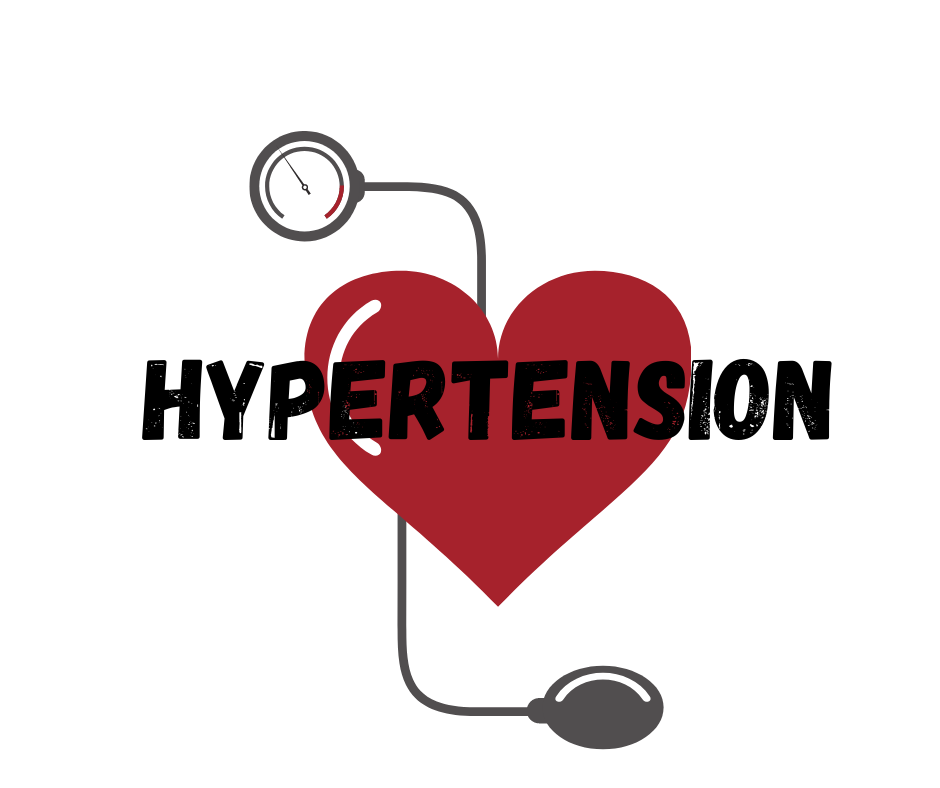
Login or register to share your adaptations.
List of adaptions
Be the first to add your adaptation here!
Login or register to engage in the review and feedback process.
Reviews and Feedback
Be the first to review!

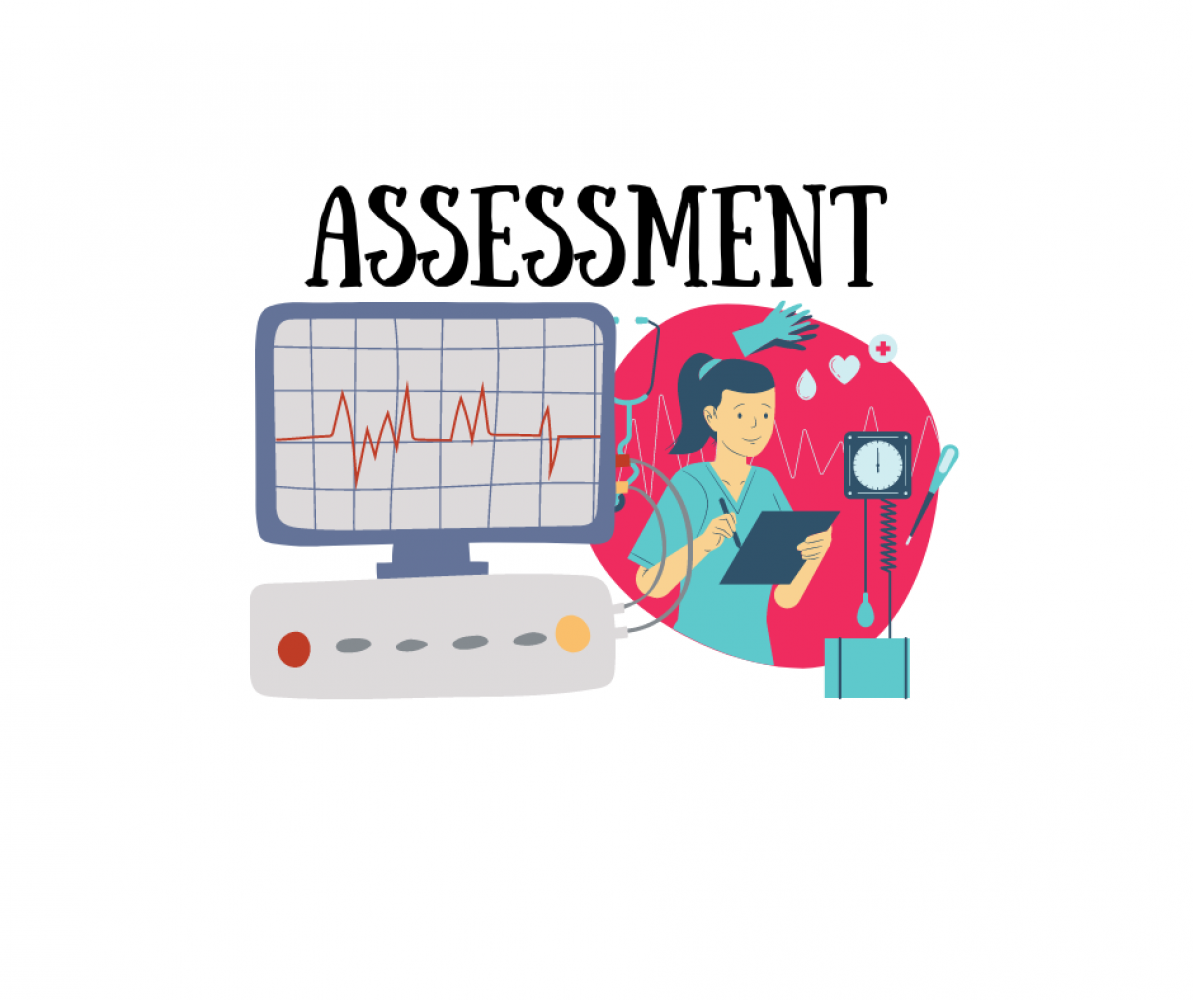

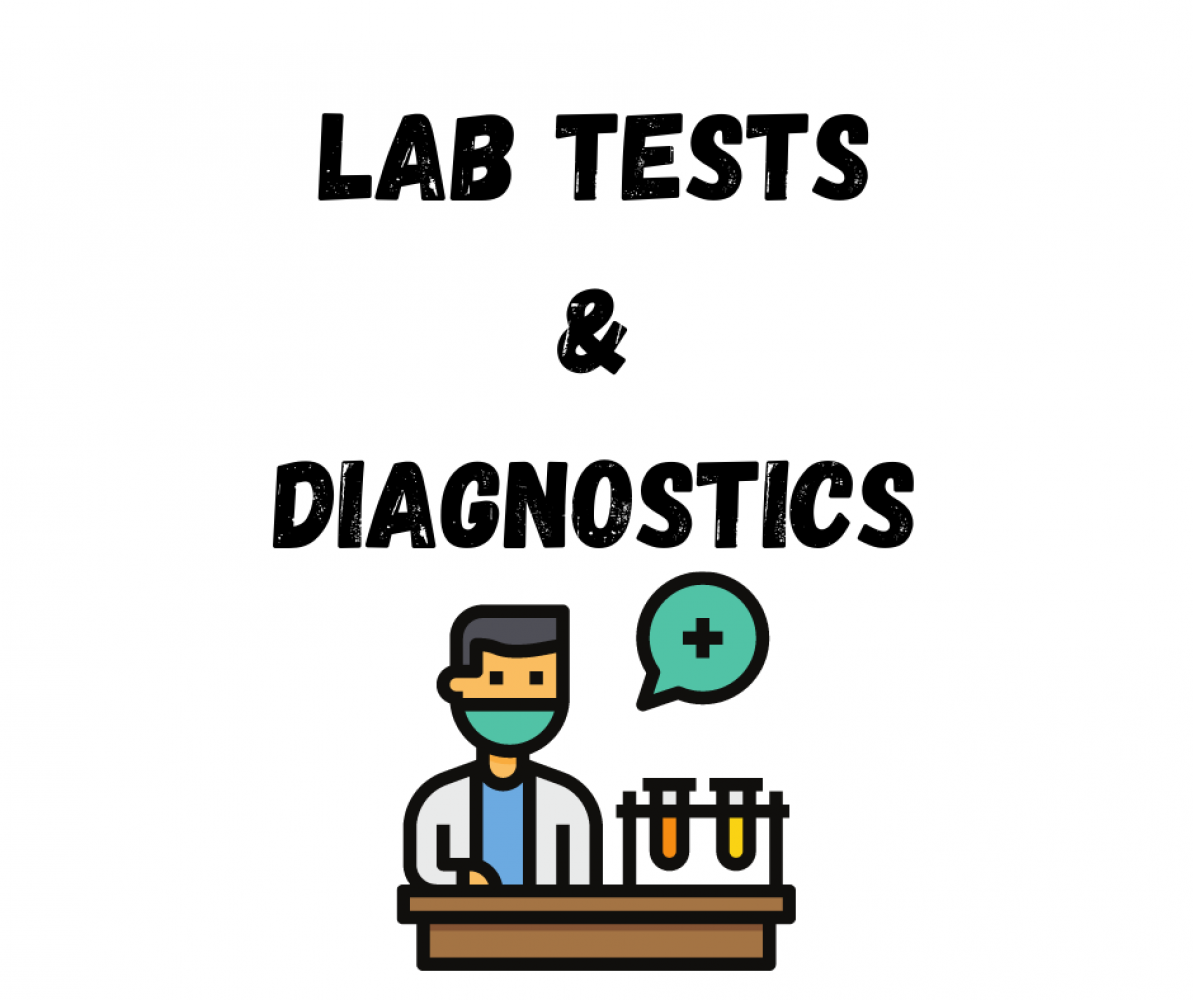
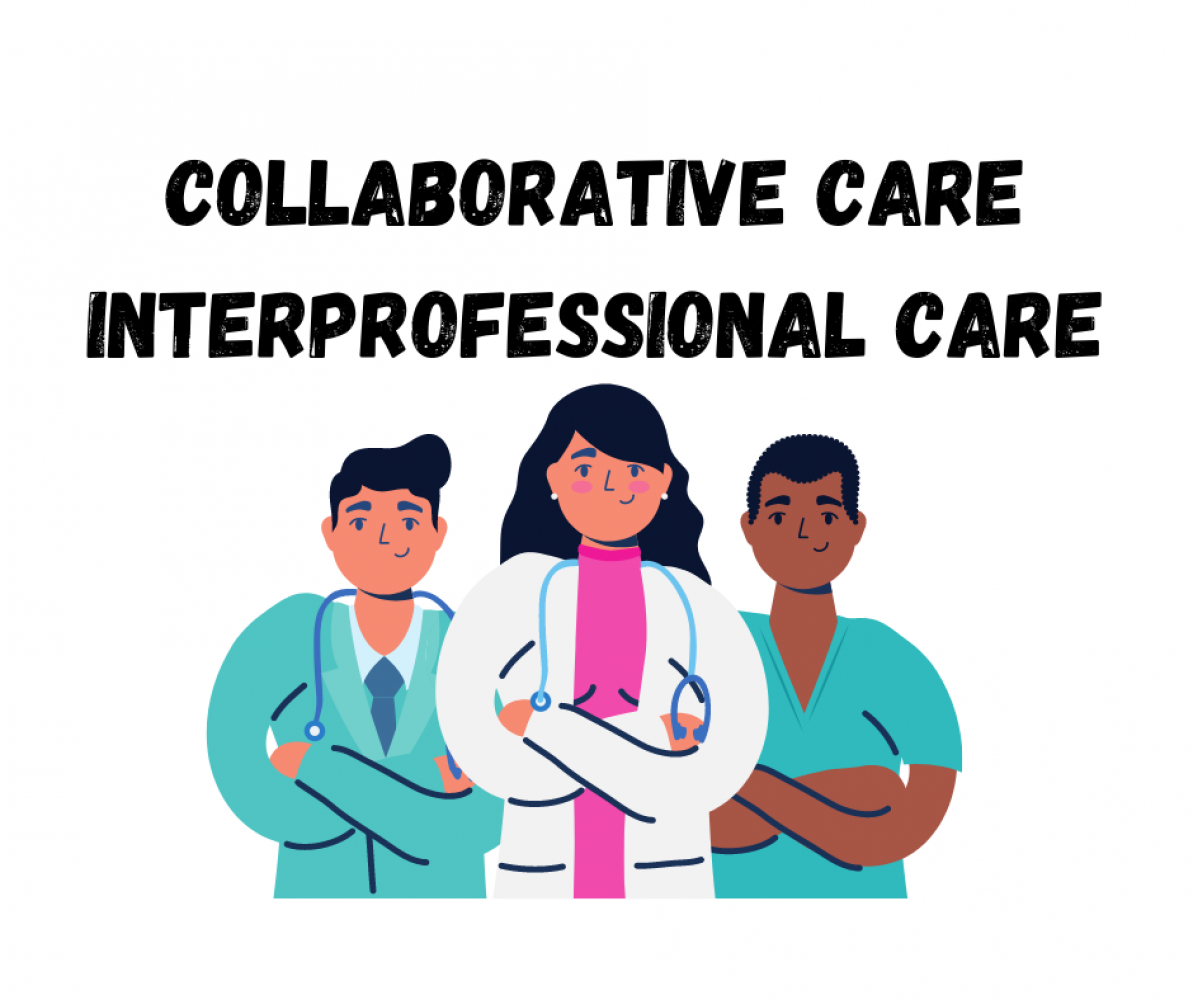
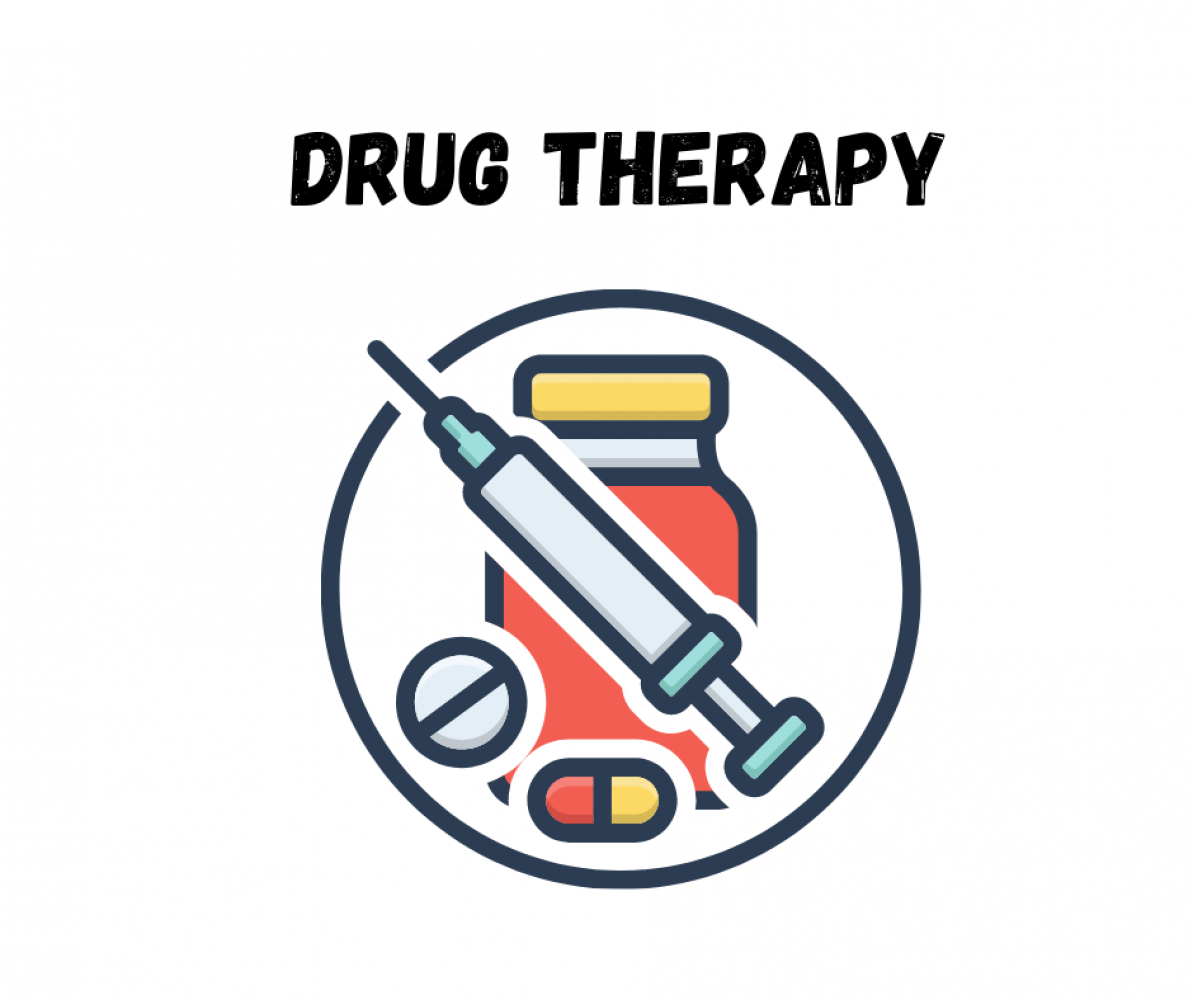
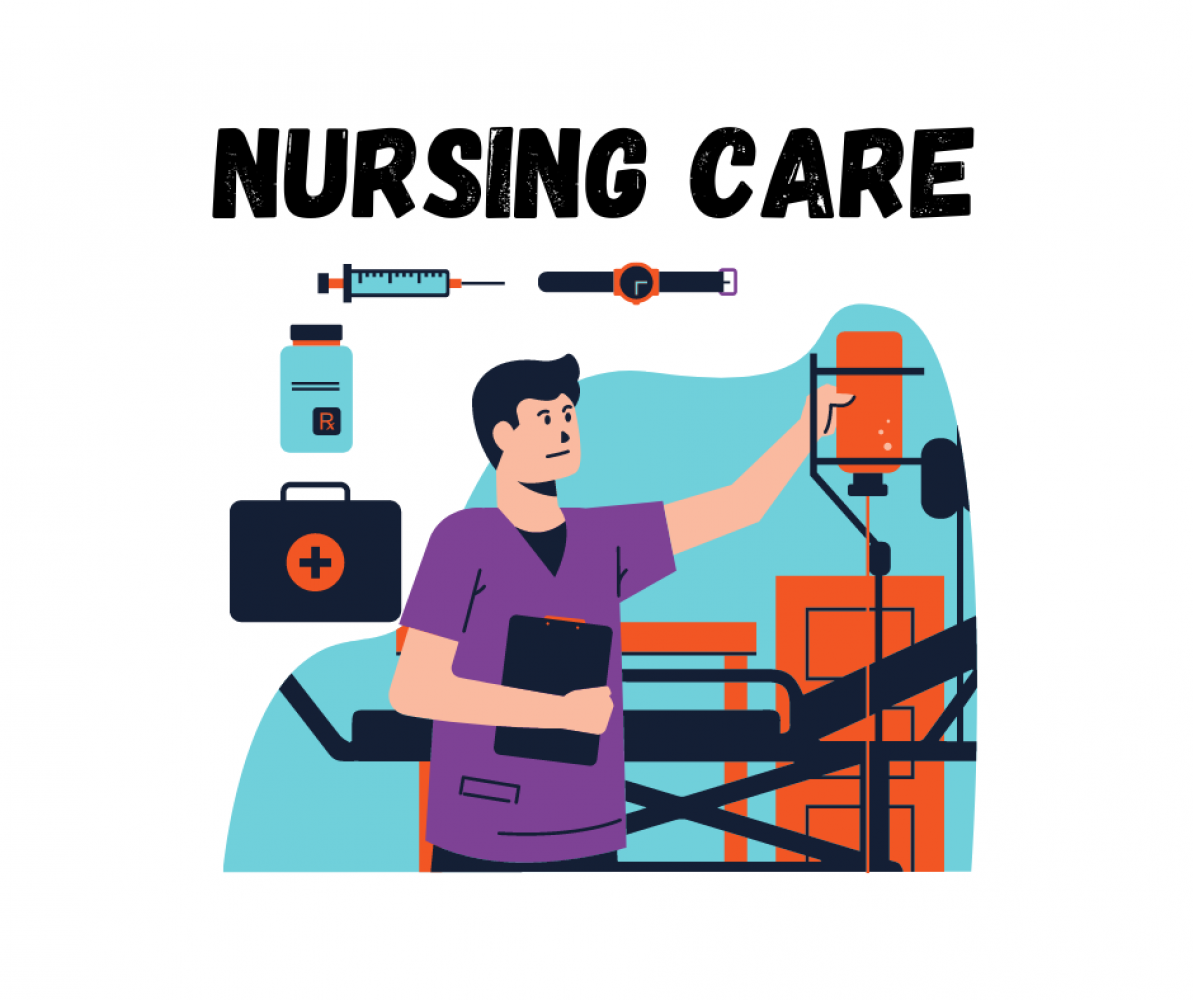
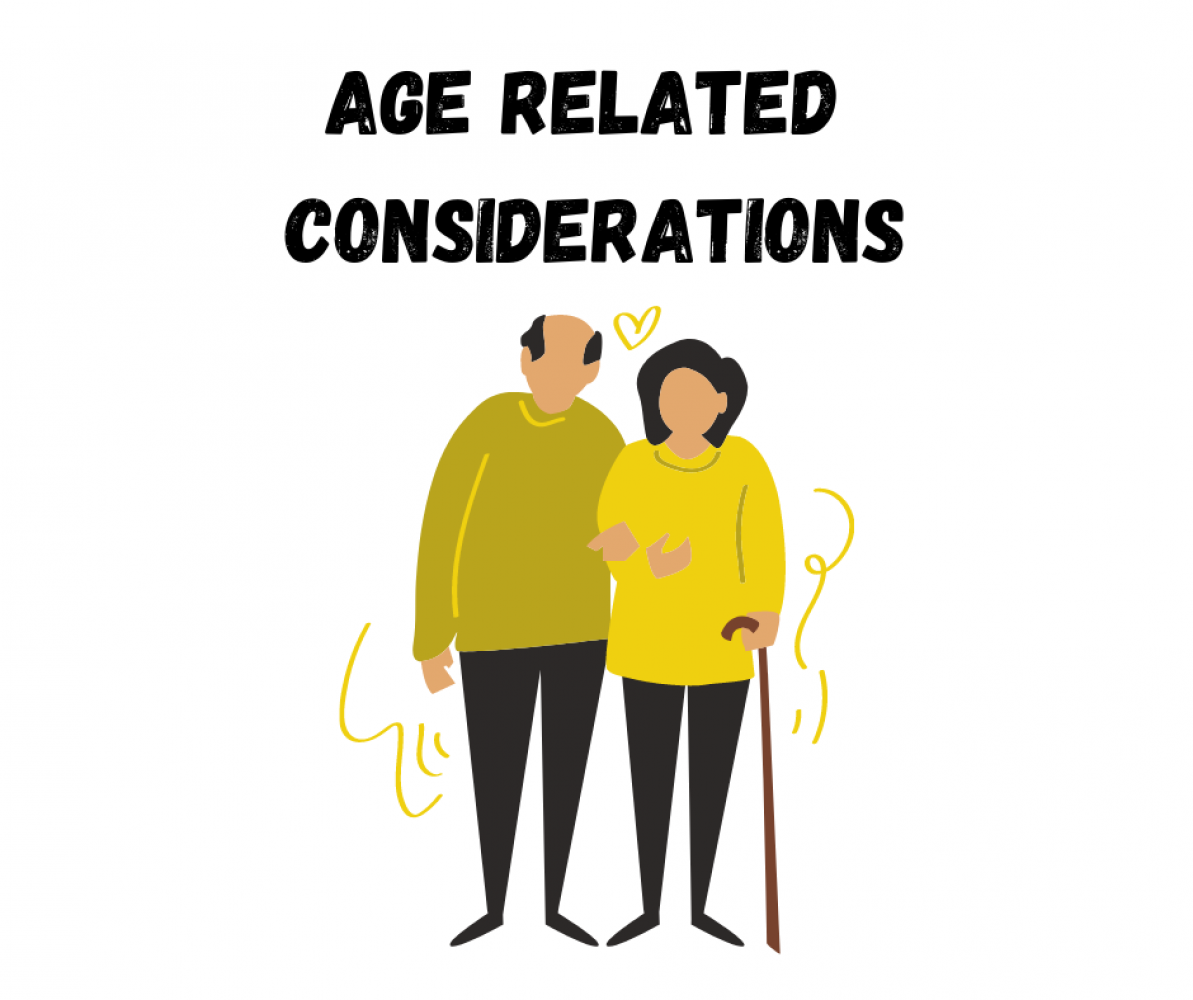
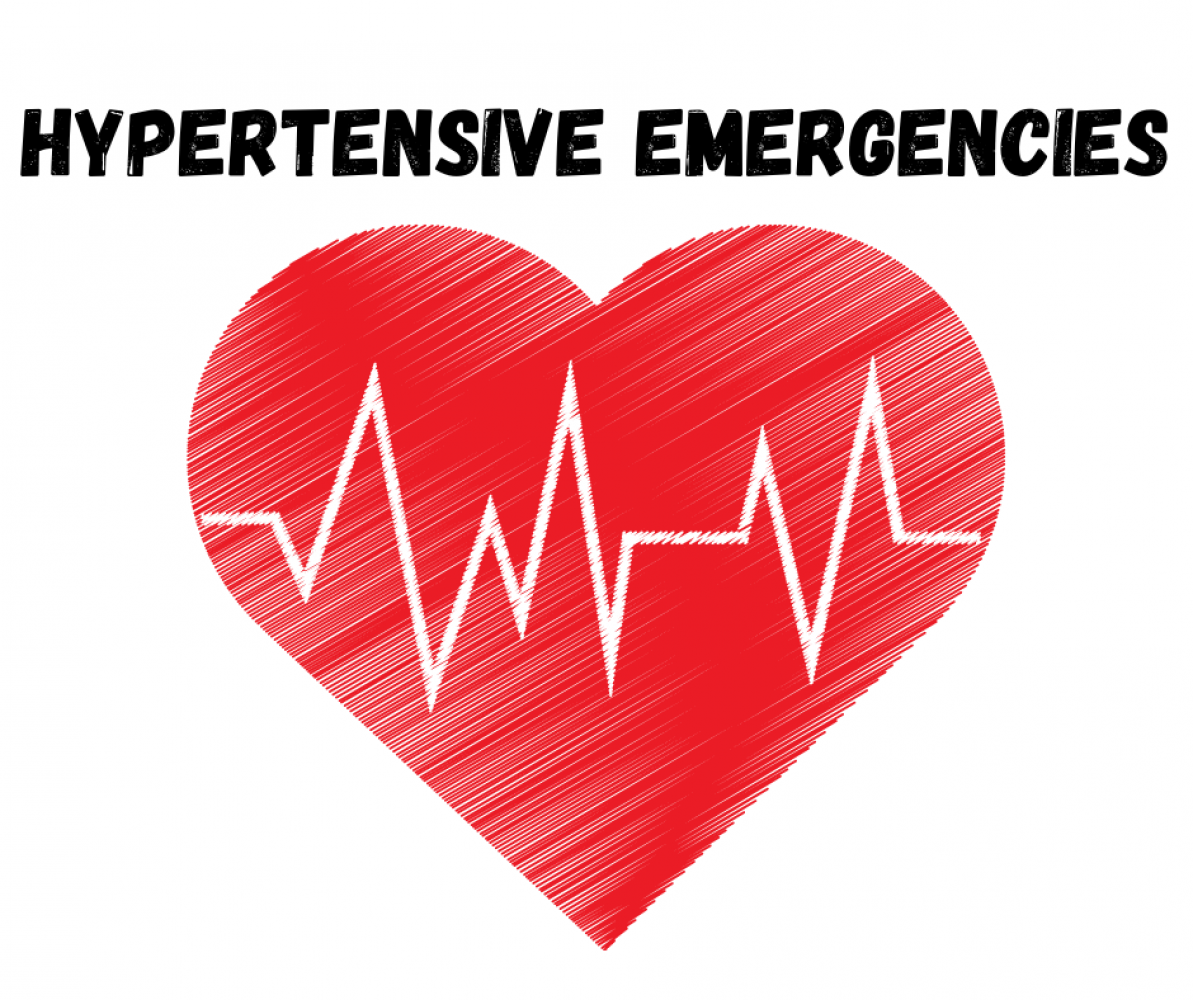

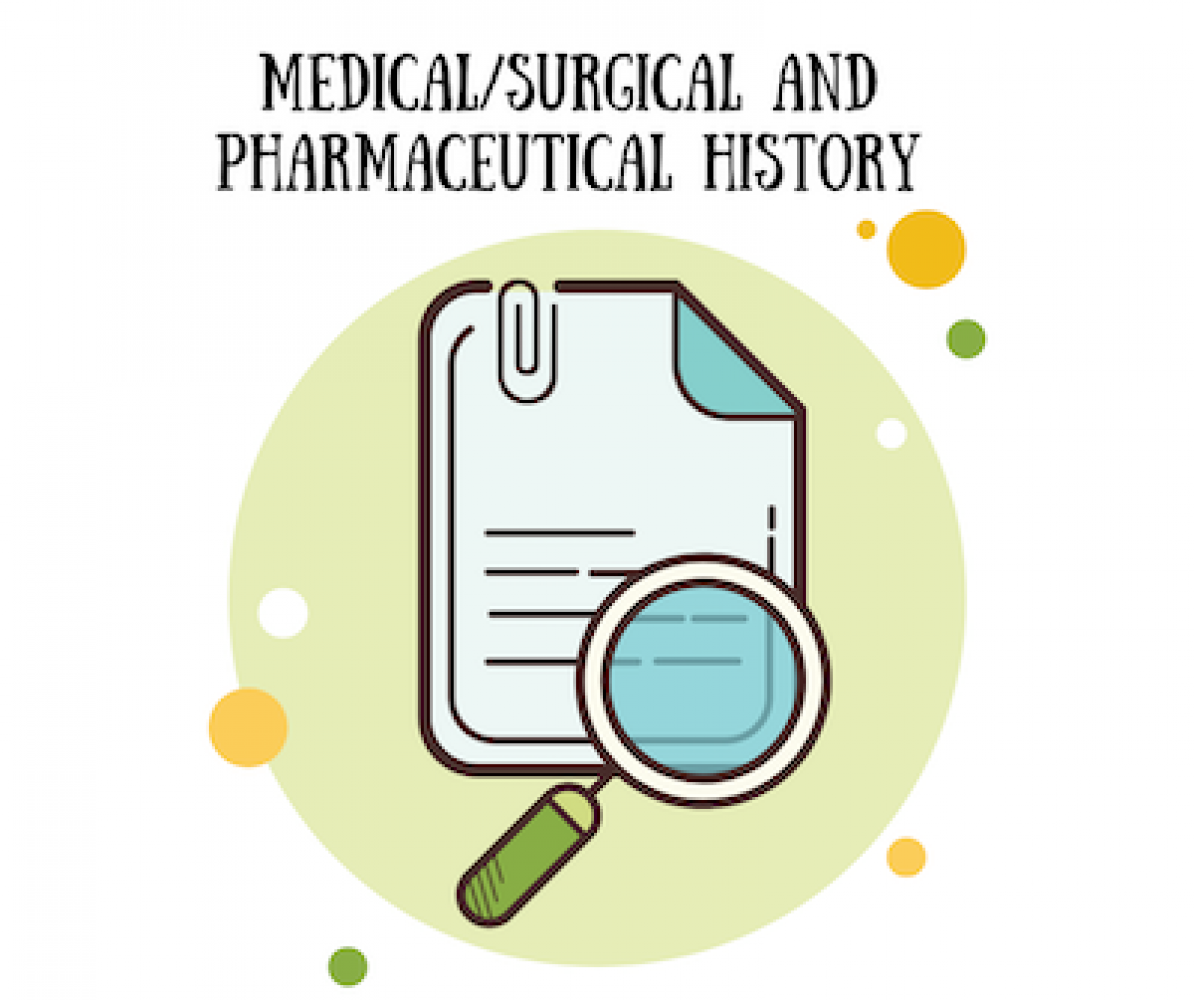
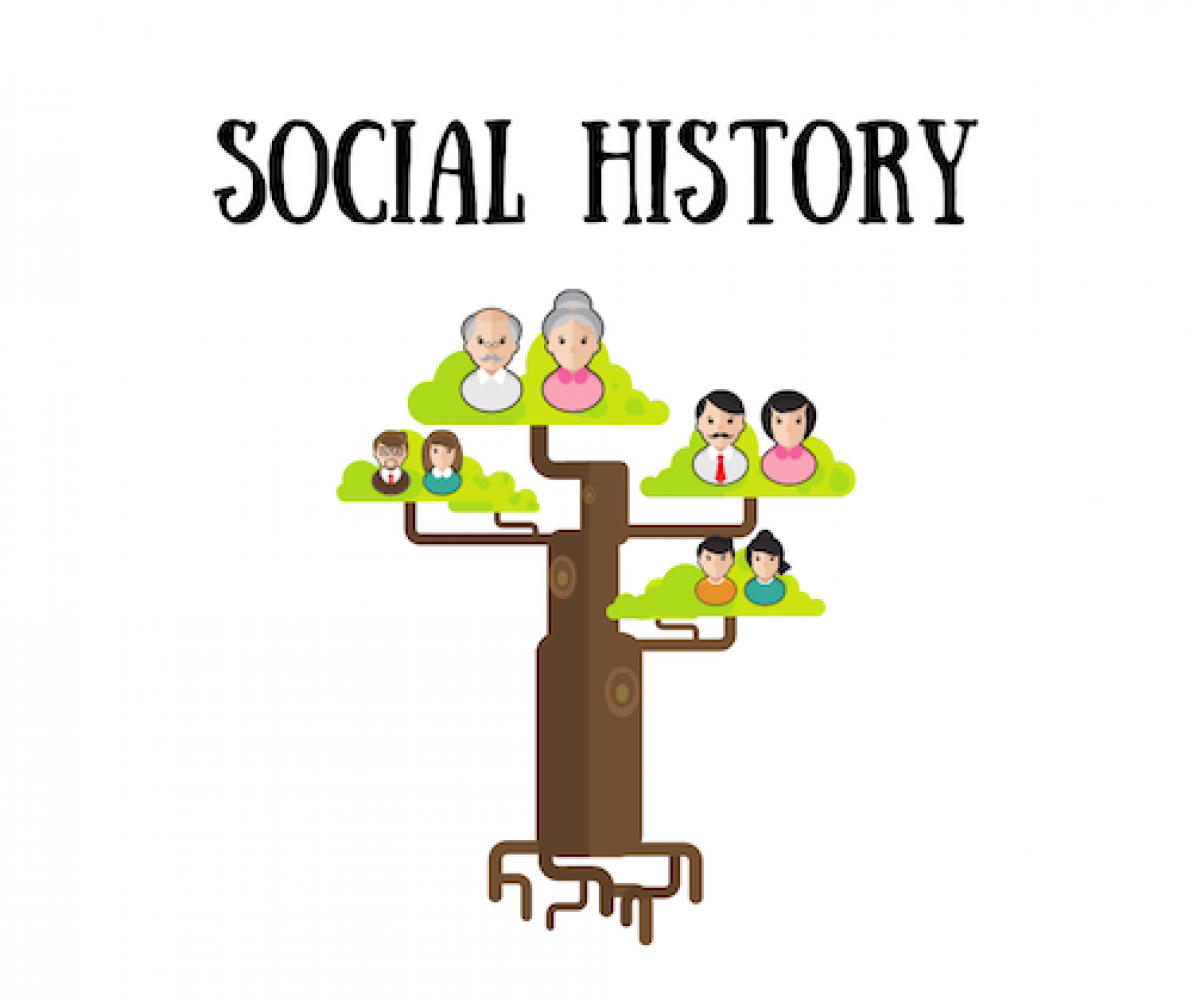

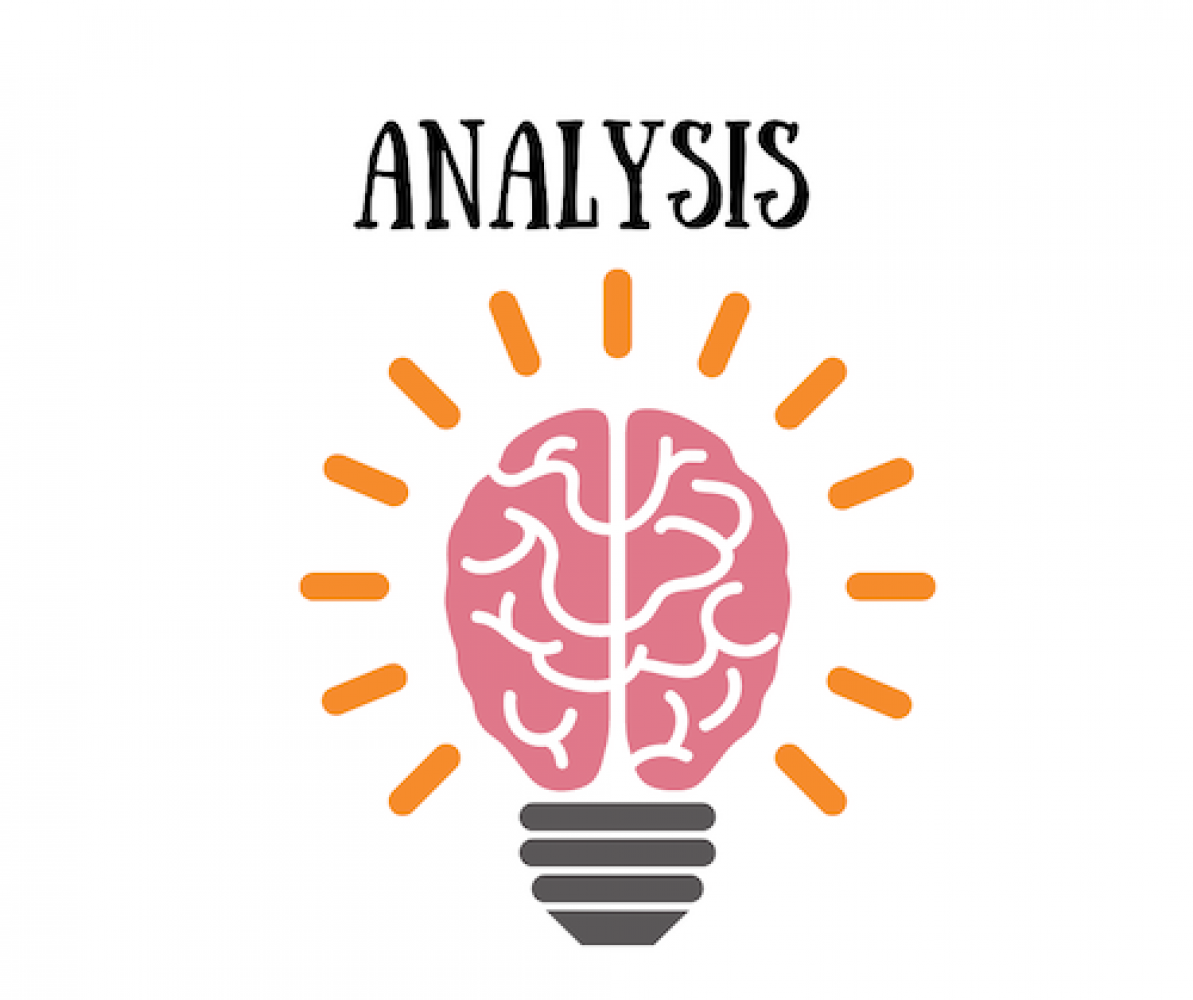

Comments
Be the first to comment!